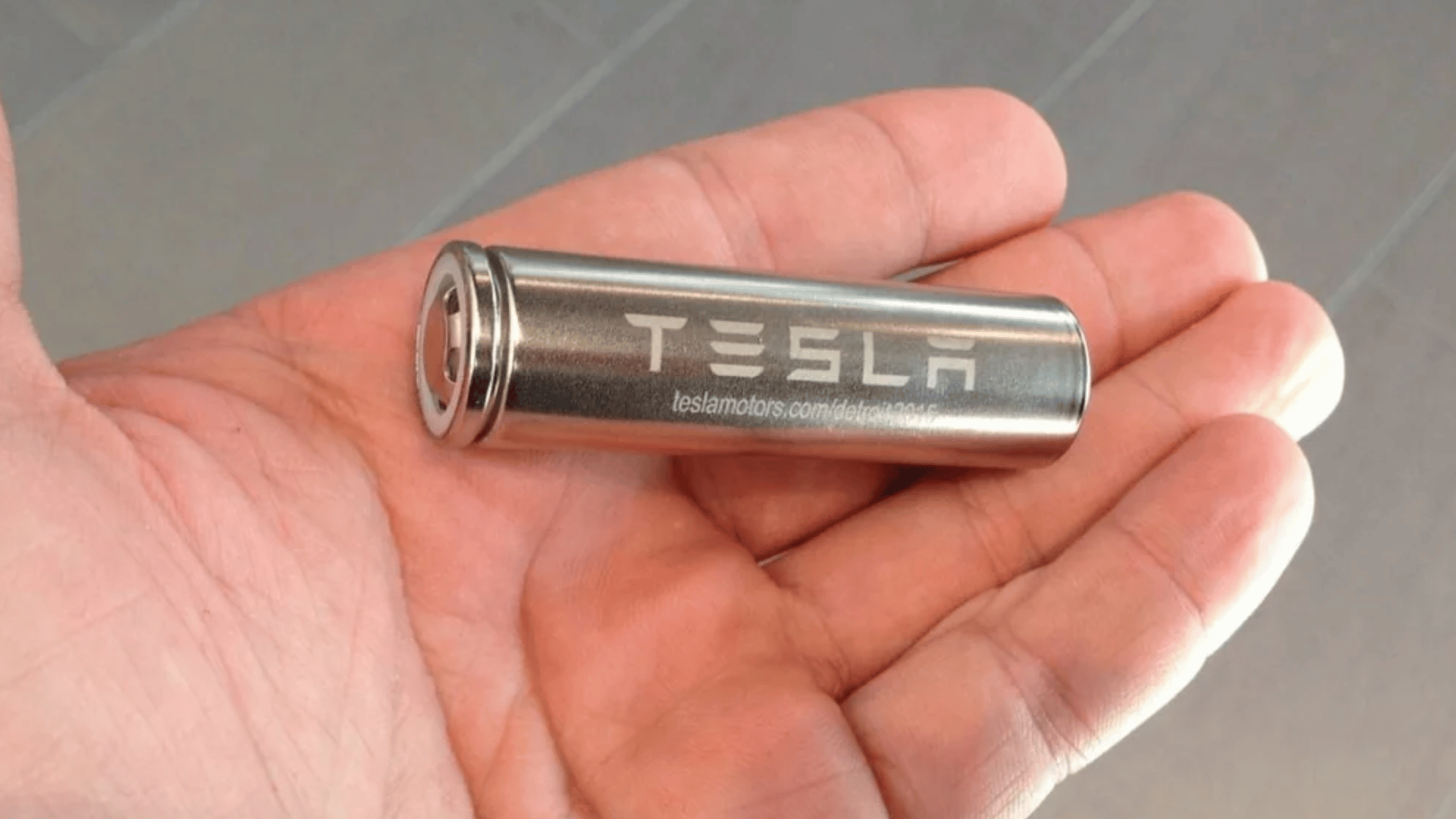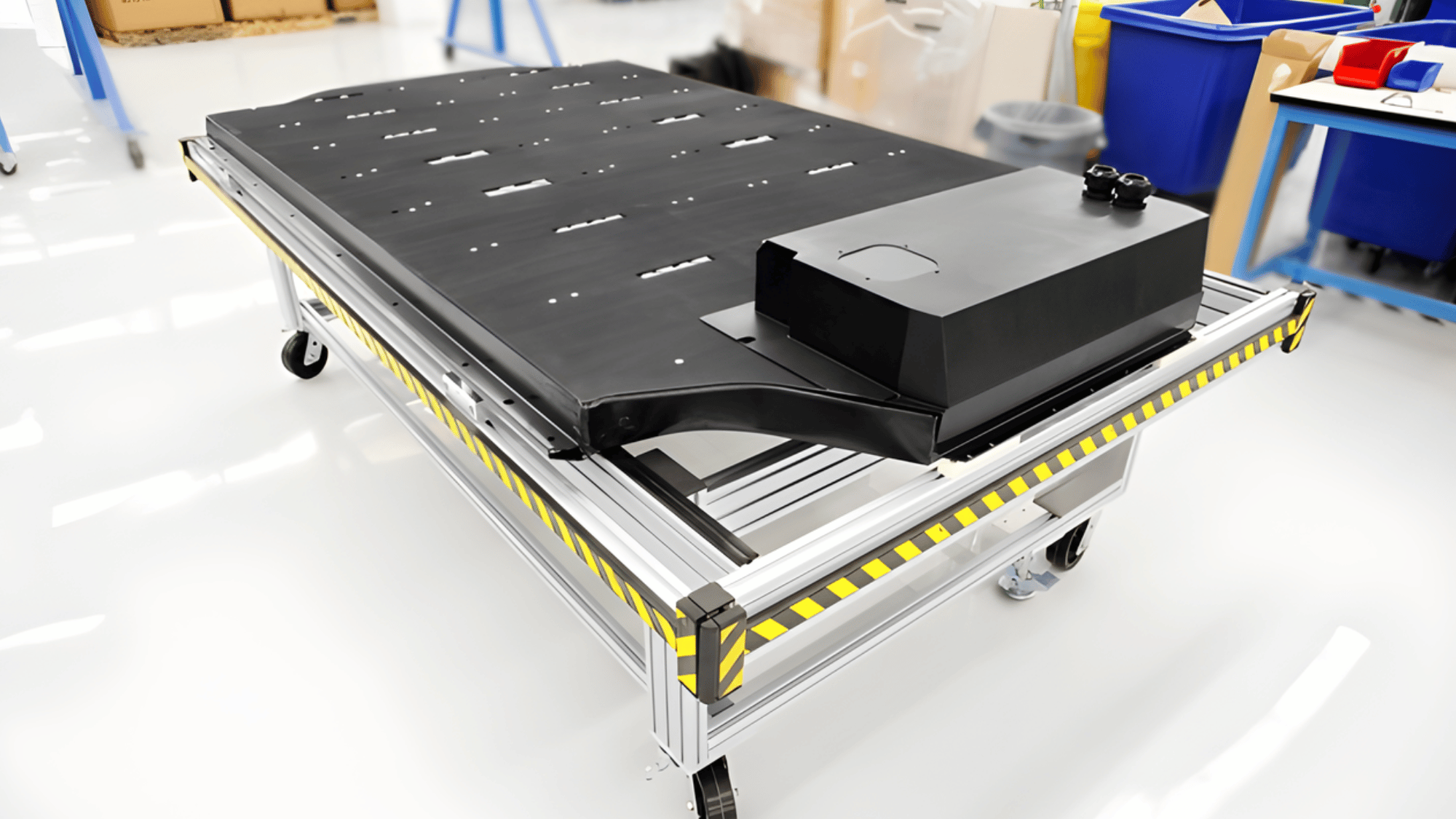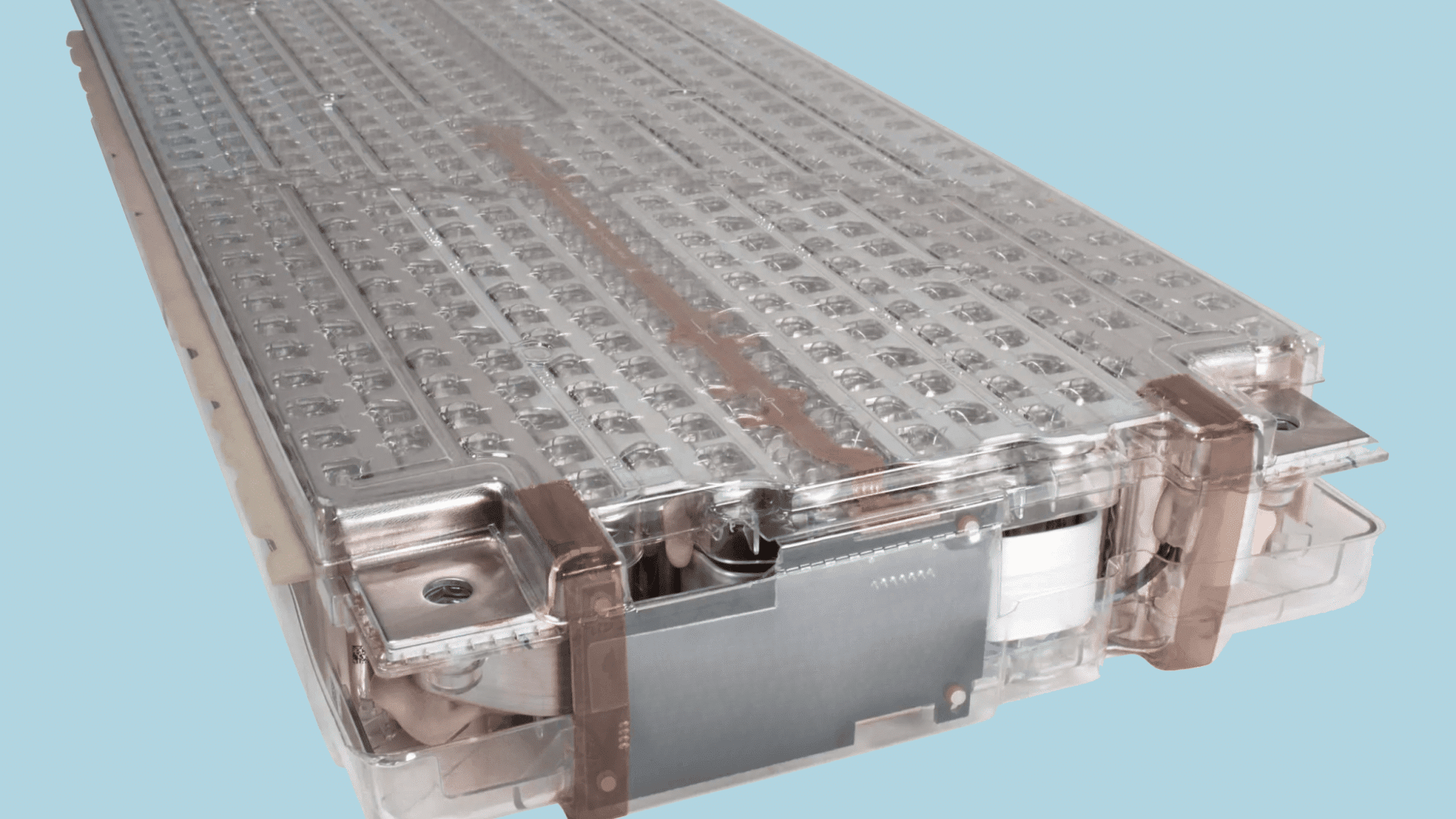Have you ever wondered what gives a Tesla its amazing power?
These electric cars can zoom down the road without a drop of gas, leaving many people curious about what’s happening under the hood.
The secret lies in something we don’t usually see, the battery.
Instead of a roaring engine, Teslas are powered by an advanced battery system that stores and delivers energy in a unique way.
But how many batteries does a Tesla actually have? Is it one giant battery or thousands of tiny ones working together?
This blog will look into how many batteries does a Tesla have? Since they are powerful energy source that keeps its wheels turning mile after mile.
How Tesla’s Battery Pack Powers the Car?
A Tesla battery pack is like the heart of the car, it stores and delivers the energy needed to make the vehicle move.
Instead of burning fuel, it uses electricity that’s kept in a large, flat pack under the car’s floor. This low placement helps the car stay stable and safe on the road.
The battery pack is made from strong materials and sealed to protect it from heat, moisture, and damage.
It also includes special systems that keep the temperature just right, preventing the batteries from getting too hot or too cold.
The pack sends energy to the motor through advanced wiring, turning stored power into motion.
This smart setup helps Tesla cars perform well, use energy efficiently, and remain environmentally friendly while driving long distances.
How Many Batteries are in a Tesla?
When people think of a Tesla, they often imagine one big battery powering the whole car. In reality, it’s a special system made of thousands of smaller parts that store and share energy.
Cells

Image Source: Reddit
A Tesla’s power begins with small battery cells. Each one looks a bit like a regular AA battery but is much stronger.
These cells hold electric energy that helps the car’s motor run. The number of cells changes depending on the model.
For example, the Tesla Model 3 has around 2976-4416 cells, while the Model S has about 7,000–8,000 cells. These tiny power makers work together to give Tesla its strength and long driving range.
Modules

Image Source: Green Car Reports
Tesla groups its many small cells into larger sections called modules, each holding hundreds of cells that share power evenly.
Most Tesla cars have between 4 and 16 modules, depending on the model and battery size. For example, the Model 3 has 4 modules, while the Model S has 16.
These modules connect side by side to form the battery pack under the car’s floor, helping control temperature, save energy, and keep the car running safely and smoothly.
Battery Pack

All the modules form one large battery pack, the main power source of a Tesla.
It includes cooling tubes, sensors, and strong covers that protect it from heat and damage. Special software checks how much energy is left and balances power between modules.
The pack sends energy smoothly to the motor, helping the car speed up and use power wisely.
This smart system keeps Teslas safe, efficient, and able to travel long distances without gas.
Understanding Tesla’s Battery Configuration
Each Tesla uses a hybrid battery configuration, which means its cells are connected both in series and in parallel. This special setup helps the car get the right balance of voltage and energy capacity for long driving ranges.
Battery Cell Configuration in Modules
Inside every module, Tesla connects small battery cells in a “6S74P” pattern.
- The “6S” means six cells are linked in series, which raises the voltage.
- The “74P” means 74 of these series groups are connected in parallel, which boosts capacity.
- Together, each module has 444 cells (6 × 74 = 444) working as one unit.
This design makes sure the car gets enough power while keeping the battery stable and safe.
Cooling tubes run through the pack to control temperature, and sensors monitor performance to prevent overheating.
Modules Arrangement in the Battery Pack
Multiple modules are then connected to form the full battery pack.
- In cars like the Model S, there are 16 modules linked in series, creating a total voltage of around 400 volts.
- The pack includes a Battery Management System (BMS) that checks each module’s temperature, charge, and health for top performance.
- A central bus bar connects the modules to the car’s electric motor and control systems, allowing smooth energy flow while driving.
This series-parallel setup allows Tesla to deliver both high voltage and high capacity, key for fast acceleration and long range.
Different Configurations Across Tesla Models
Tesla uses different battery cell types and layouts in its cars, depending on the model and year. Each design improves how much energy the car can store, how far it can drive, and how efficiently it uses power.
| Model | Cell Type | Number of Cells | Modules | Configuration | Special Features |
|---|---|---|---|---|---|
| Model S / Model X (Older Versions) | 18650 (small cylindrical cells) | 8,256 cells in 100 kWh pack7,104 cells in 85/90 kWh pack | 16 modules | 6S74P (6 cells in series, 74 in parallel = 444 cells per module) | Similar to laptop cells; reliable and well-cooled |
| Model 3 (Earlier Versions) | 2170 (larger cylindrical cells) | About 4,416 cells | 4 modules | Custom series-parallel design | More energy per cell, better efficiency |
| Model Y (Earlier Versions) | 2170 | About 4,680 cells | 4 modules | Custom series-parallel design | Similar to Model 3; strong performance and range |
| Model 3 (Newer Versions) | 4680 (larger, in-house Tesla cell) | About 828 cells | Structural pack (no separate modules) | Integrated design | Part of the car’s frame; lighter and simpler |
| Model Y (Newer Versions) | 4680 | About 828 cells | Structural pack | Integrated design | Fewer, bigger cells with higher energy storage |
| Cybertruck | 4680 | About 1,344 cells | Structural pack | Integrated design | Uses larger cells; very high power and durability |
Inside Tesla’s Battery Control System
Tesla’s battery design isn’t just about how many parts it has, it’s about how everything works together to create strong, steady power. The company uses smart engineering to make sure the battery stays cool, safe, and efficient while the car is running:
- Smart Power Flow: Tesla’s system controls how electricity moves from the battery cells to the motor, sending just the right amount of power when needed.
- Cooling System: Thin tubes filled with liquid run between modules to keep the temperature steady and stop the pack from overheating.
- Protective Design: Sensors inside the pack watch heat and voltage levels, while metal covers shield it from bumps, water, and dirt.
- Energy Control Software: Built-in computer systems track energy use, charging speed, and battery health to help it last longer.
The Materials That Power Tesla Batteries

Tesla batteries are made from special materials that work together like ingredients in a recipe.
The main material is lithium, a light, silvery metal that stores electrical energy very well. It’s mixed with nickel and cobalt, which help the battery hold more power and last longer.
Different Tesla models use slightly different mixes of these metals, depending on their performance needs.
The battery cells are stored inside a strong outer pack that acts like a protective shield.
This pack includes a cooling system with liquid-filled tubes to stop the batteries from overheating while driving or charging.
A tough metal case surrounds the pack to protect it from bumps or accidents. Inside, safety systems and wiring connect everything, keeping the car’s power flowing smoothly and safely.
Pros and Cons of Tesla Batteries
Tesla batteries come with many strengths but also a few challenges. Understanding both the good and the not-so-good sides helps drivers see how these powerful batteries perform in everyday use.
| Pros | Cons |
|---|---|
| Tesla batteries can last 15 to 20 years or up to 500,000 miles with good care. | Replacing or repairing a Tesla battery can be very expensive. |
| They charge quickly at Tesla Superchargers, making long trips easier. | Charging still takes more time than filling a gas tank. |
| Tesla batteries help the environment by producing no exhaust fumes. | Over many years, the battery slowly loses some of its capacity. |
| They give smooth, powerful performance and quick acceleration. | The heavy battery adds extra weight, which can lower efficiency slightly. |
| Tesla’s smart system monitors temperature, safety, and energy use for reliability. | Recycling large batteries is still improving and not widely available yet. |
Conclusion
Tesla batteries are a key part of what makes these cars powerful, clean, and efficient.
They combine smart design, strong materials, and advanced technology to deliver long-lasting performance.
As Tesla continues to grow, the company is developing even better batteries that store more energy, charge faster, and last longer.
Future models will likely use lighter materials and improved cell designs to increase driving range and reduce costs.
These innovations will make electric cars more affordable and common on the roads. With each new step, Tesla moves closer to creating a cleaner, smarter future for transportation around the world.

